San Leonardo Church / Chiesa – Pallanza
- Maria Scuor
- Aug 3
- 5 min read
Scorri a basso per l'italiano
We had our cousin Guido visit from Canada and we drove to Pallanza Verbania following the lakeshore. This was the second time we visited and you can read more about the town in my Verbania Lago Maggiore blog.
Today I visited the San Leonardo Church also known as a collegiate church (church staffed by a college of canons) which is in the diocese of Novara and part of the pastoral unit of Verbania. This church was built to replace a previous church that was built in 1296 and served as an oratory for he Barbavara lords. The first stone was laid on July 27th, 1535 and construction was carried out by Giovanni Beretta and was completed in 1590 and consecrated on August 2nd of that year.
Built in Italian Renaissance the façade was restored in 2002 and is simple and harmonious. The two columns support round arches and the façade is divided into three parts by four pilasters with a lunette-shaped entrance portal. There is a rectangular window in the centre and two windows on the sides. The large courtyard in front of the church was once used as churchyard and enclosed the ossuary chapel
The bell tower which stands 65 metres-high (213.3 ft) was built in different periods. The bottom base was built in 1520 using stones from the old castle of the feudal lords of the town. The top part, the dome and the lantern was built in 1689. The belfry contains eight bells and can be reached by a staircase with 170 steps.
Inside the building is divided into a nave and two cross-vaults supported by tall pink granite columns from the Baveno quarry. The columns support round arches above them with molded entablature and at the end of the hall there are three polygonal apses. The dome is covered outside by a lantern.
There are several valuable 17th centuries works preserved in the church:
The high altar contains an urn with the following inscription: CORPUS SANCTI MAXIMINI MART. TRANS. DOMINICA II IUL MDCXV and was restored and gilded in 1891
The wooden pulpit, which is put away to keep it safe, was carved and has little figures in full relief
The wooden choir has 15 stalls that occupy three sides of the apse. Each stall is decorated by a tablet with effigy of a saint carved in bas-relief (the twelve apostles and the saints worshipped in the parish church)
The organ built in 1797 by Eugenio Biroldi was restored in 1983 has about two thousand pipes
On December 17th 1630, it is said that the painting depicting San Carlo Borromeo, which was in the Cadorna family home in Pallanza, was seen having tears flow from it during a time of epidemic and plague. It is believed to have been a miracle. The painting is housed in the church.
San Leonardo was born into a prestigious family in Orleans, France in 494. He was supposed to be in the military however he chose the religious life and preferred to be a deacon to carry out his mission among prisoners. He was granted land in the Pauvin forest near Limonges and here he founded the community for former prisoners to have job training. The village expanded and is now called San Leonardo de Noblat. He is the patron saint of prisoners and died on the 6th of November 559 which Pallanza adopted the feast to the saint on November 6th.
Exterior photos - Foto dell'esterno
Interior photos - Foto d'interni
Chiesa San Leonardo – Pallanza
Abbiamo avuto la visita di nostro cugino Guido dal Canada e siamo andati a Pallanza Verbania seguendo la riva del lago. Questa è stata la seconda volta che l'abbiamo visitata e puoi leggere di più sulla città nel mio Verbania Lago Maggiore blog.
Oggi ho visitato la chiesa di San Leonardo, detta anche collegiata (chiesa gestita da un collegio di canonici), che si trova nella diocesi di Novara e fa parte dell'unità pastorale di Verbania. Questa chiesa fu costruita in sostituzione di una precedente chiesa costruita nel 1296 e serviva come oratorio per i signori Barbavara. La prima pietra fu posata il 27 luglio 1535 e la costruzione era eseguita da Giovanni Beretta, completata nel 1590 e consacrata il 2 agosto dello stesso anno.
Costruita in epoca rinascimentale italiana, la facciata è stata restaurata nel 2002 ed è semplice e armoniosa. Le due colonne sorreggono archi a tutto sesto e la facciata è divisa in tre parti da quattro lesene con portale d'ingresso a forma di lunetta. C'è una finestra rettangolare al centro e due finestre ai lati. L'ampio cortile antistante la chiesa era un tempo adibito a sagrato e racchiudeva la cappella ossario.
Il campanile, che è alto 65 metri è stato costruito in epoche diverse. Il basamento inferiore fu costruito nel 1520 utilizzando le pietre dell'antico castello dei feudatari della città. La parte superiore, la cupola e la lanterna furono costruite nel 1689. La cella campanaria contiene otto campane ed è raggiungibile tramite una scalinata con 170 gradini.
All'interno l'edificio è diviso in una navata e due volte a crociera sorrette da alte colonne di granito rosa provenienti dalla cava di Baveno. Le colonne sorreggono sopra di esse archi a tutto sesto con trabeazione modanata e in fondo alla sala si aprono tre absidi poligonali. La cupola è coperta all'esterno da una lanterna.
Nella chiesa sono conservate diverse opere di pregio del XVII secolo:
L'altare maggiore contiene un'urna con la seguente iscrizione: CORPUS SANCTI MAXIMINI MART. DOMINICA II IUL MDCXV e fu restaurato e dorato nel 1891
Il pulpito di legno, che viene riposto per tenerlo al sicuro, è stato intagliato e ha piccole figure in pieno rilievo
Il coro ligneo ha 15 stalli che occupano tre lati dell'abside. Ogni bancarella è decorata da una lapide con effige di un santo scolpito in bassorilievo (i dodici apostoli e i santi venerati nella chiesa parrocchiale)
L'organo costruito nel 1797 da Eugenio Biroldi è stato restaurato nel 1983 e conta circa duemila canne
Il 17 dicembre 1630 si narra che il dipinto raffigurante San Carlo Borromeo, che si trovava nella casa della famiglia Cadorna a Pallanza, sia stato visto sgorgare da lacrime durante un periodo di epidemia e peste. Si ritiene che sia stato un miracolo. Il dipinto è conservato nella chiesa.
San Leonardo nacque in una famiglia prestigiosa a Orléans, in Francia, nel 494. Avrebbe dovuto essere nell'esercito, ma scelse la vita religiosa e preferì essere diacono per svolgere la sua missione tra i carcerati. Gli fu concesso un terreno nella foresta di Pauvin vicino a Limonges e qui fondò la comunità per gli ex detenuti per una formazione professionale. Il villaggio si espanse e ora si chiama San Leonardo de Noblat. È il santo patrono dei carcerati e morì il 6 novembre del 559 che Pallanza adottò la festa al santo il 6 novembre.
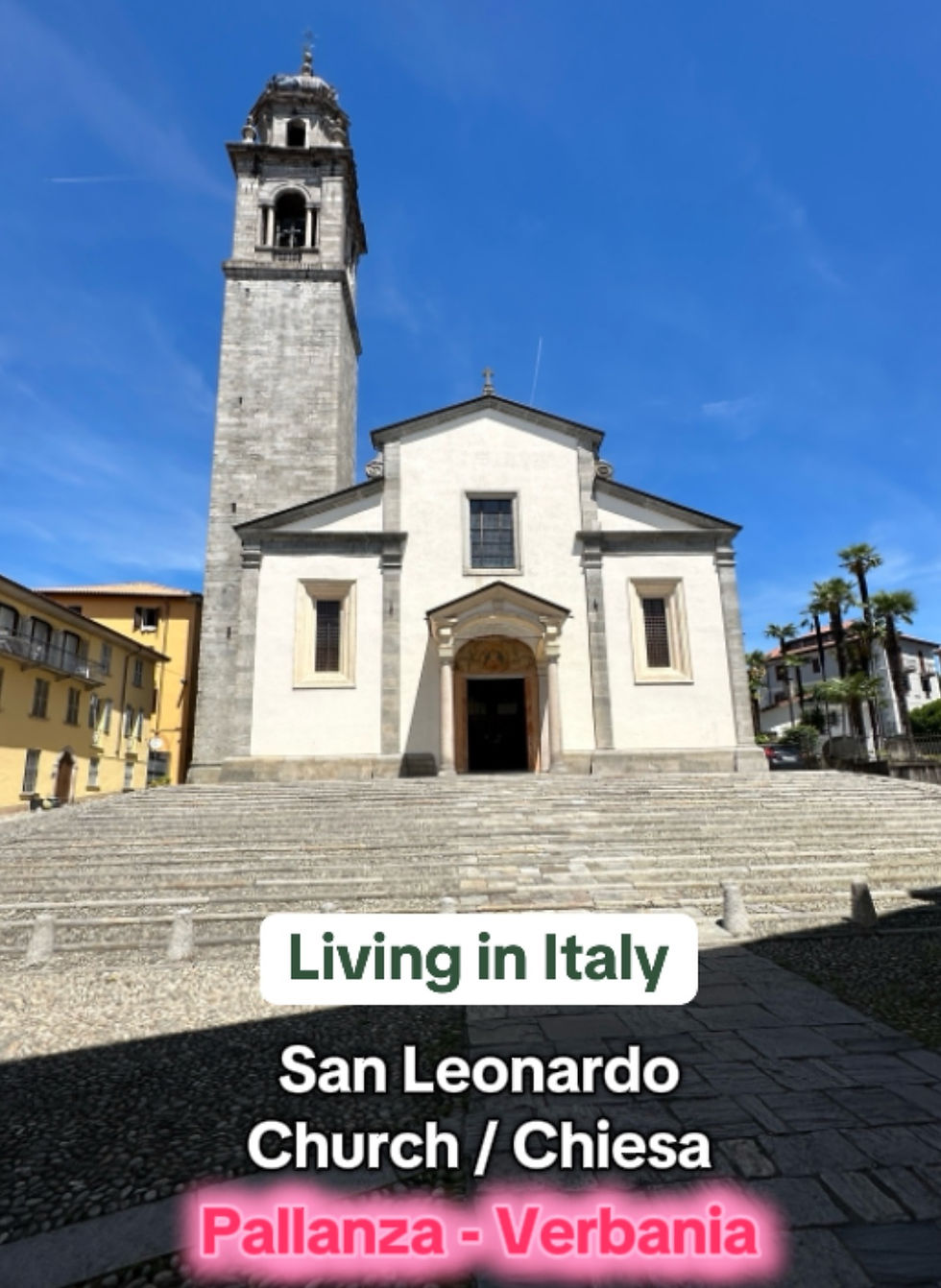









































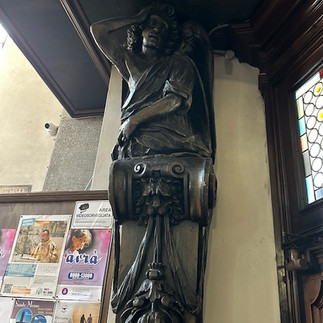








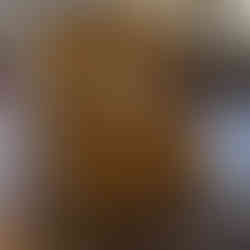

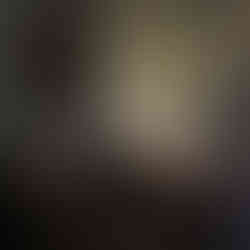

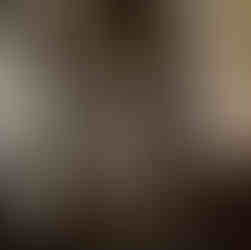







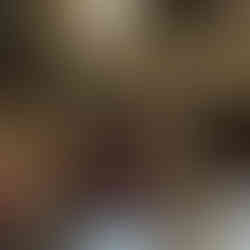




Comments